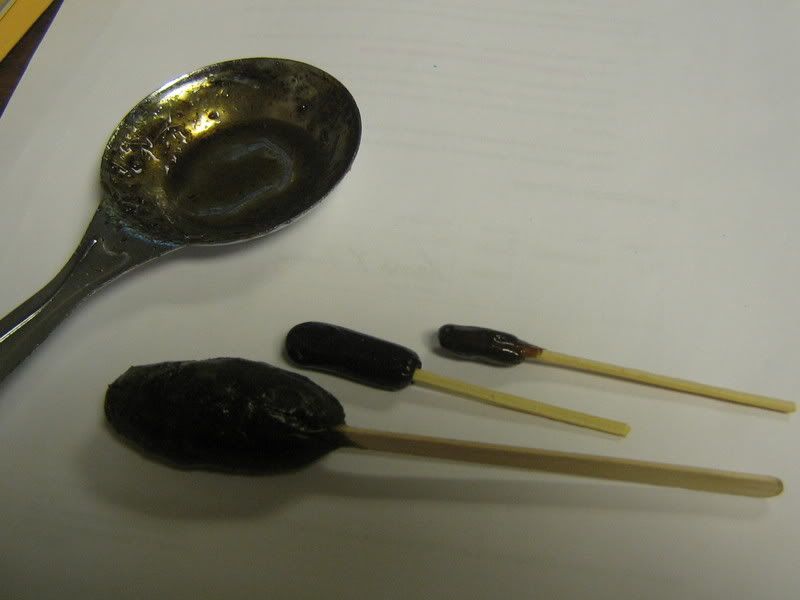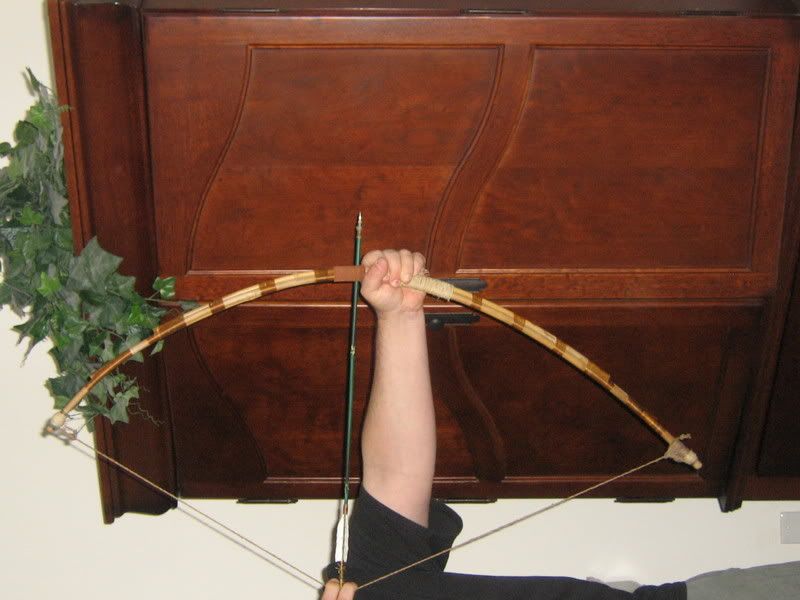Well, to answer my subject question the answer is no.
Here is a pic showing my attempt to unbend after a dry heat. I did this three time before roughing it out. It took out about half the bend.

Notice the double bend in the right tip. After roughing it out, I boiled that tip for half an hour, stuck it in a hole in a board and tried to bend out one of the curves. While trying to get an overbend just right before tying it down ... Snap! The area of break was about 1" at it widest and oval, 3/4" back to belly. Probably a little less on both those measurements. But as the curve in the wood went sideway, I was bending against the 1" and the front and back of the wood exposed to the tension and compression went through a couple exposed rings.

I gave the wood a good look over to see if I might be able to use what was left to make a deflexed bow, to avoid further bending, but I do not think it will work. I would need to cut away too much to straighten it out.
I do like working this type of wood, though. It is hard and smells like popcorn. I made an overlarge broadhead with a small piece. I'll go back and look at the pile and see if I can come up with two pieces that I might be able to splice, possibly as a backed bow so I do not have to worry about the grain as much.
I'm not sure how much pressure and leverage was applied to get this break, but if any one can let me know any insights into the unknown type of wood (best guess some form of acacia) based on this post, I would appreciate it. Does the manner of break suggest that it is stronger in compression than tension or vice versa? I would guess the former.